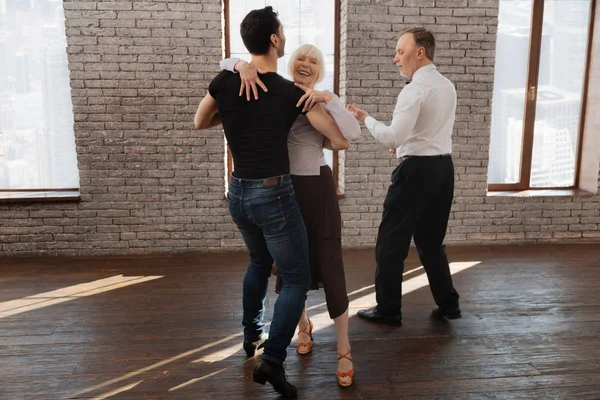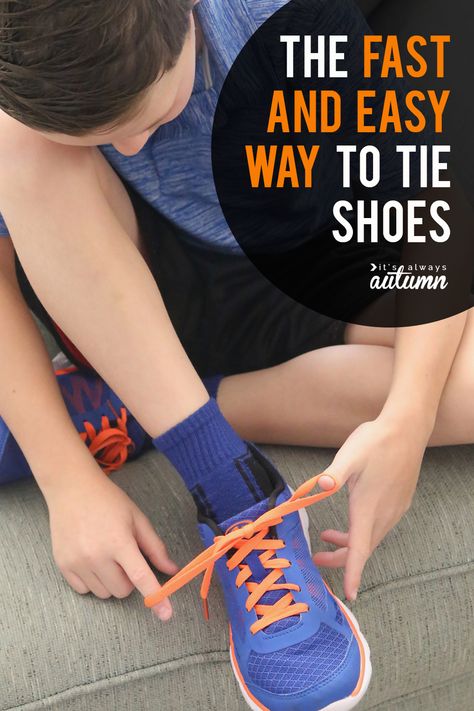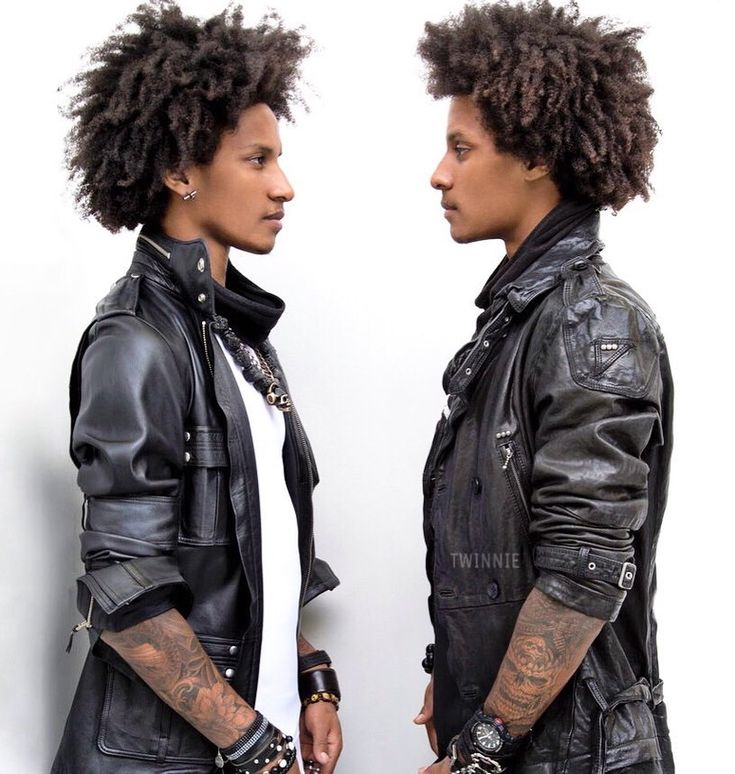How to gain confidence in dance
Tips on Growing in Confidence with Your Dancing
If there is one thing that you need as a dancer, it’s confidence! You can have the most amazing moves, the best costumes, earth-shattering routines and music combinations, but if you don’t have the confidence to carry them through, you will never fulfil your potential.
Our dance school not only teaches dance steps, but we also nurture confidence in our students that helps them not only with their dance routines but also outside the dance studio.
Here are some tips on growing your confidence while dancing:
Practice and more practice!
The more work you put into your dancing, the more practice you have, the better you will become. This instils confidence and allows you to keep building on what you are doing. Not only that, but the classes will feel easier, the routines will click in your mind quicker and you will get more from each session.
Practicing your dance, putting in those hours and hard work is the number one way to improve your confidence and make progress as a dancer.
Work on the fundamentals at all times
While practice is the best way to boost your confidence, it is also worth focusing on the dance fundamentals at all times. Posture is one of the best examples - learning what posture works for what dance and how to best show this yourself.
Learn to make the most of your different postures and how this impacts the dance. Then focus on other fundamentals with the same dedication and your confidence will grow.
Be yourself, different is good
There is no doubt that dance can lend itself to putting people into a category. You are a ‘this’ kind of dancer or you specialise in ‘that’ style of dance. And while that’s okay, because we need some structure to what we do, you also want to be your own person.
Being yourself, being a little different, is a good thing. Embracing those differences also helps to boost your confidence and make you a better dancer. Remember, if everyone had the same approach and no-one stepped outside those dance or style boxes, we’d never have innovations or new dance styles.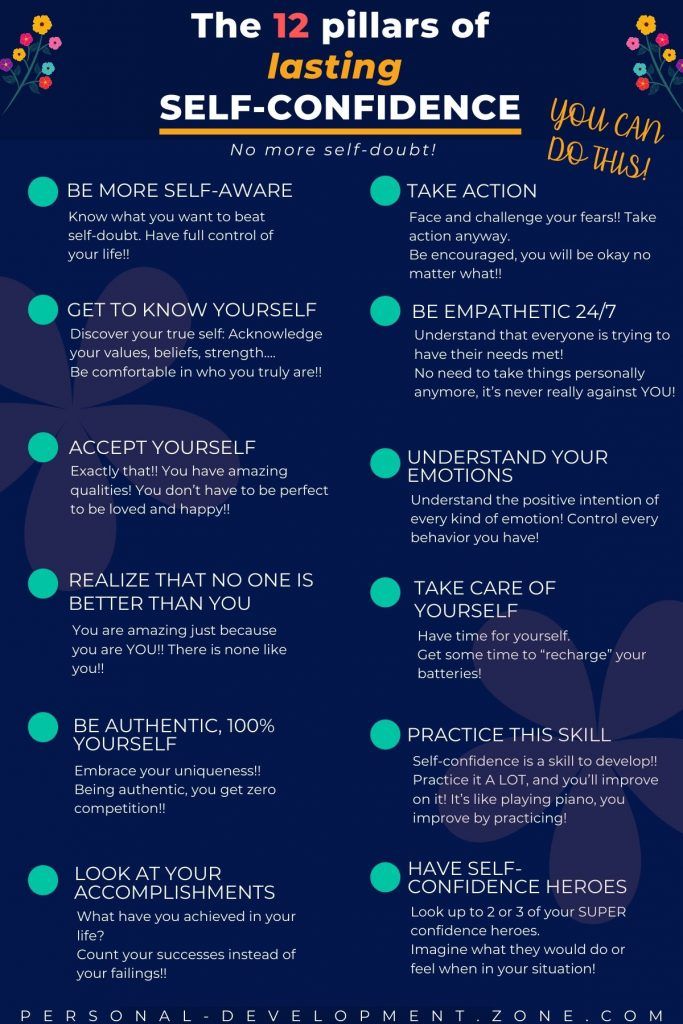
Act confident until you feel it
We’ve all heard sayings like ’fake it til you make it’ - they sound a bit cliched and, well, fake! But there’s a nugget of useful truth inside these sayings. Sometimes if you act confident, even if you don’t feel it, eventually you’ll convince yourself.
Pretend you are a character. Think about how that character would react to situations - their body language, posture, facial expressions, what they would say. As a confident dancer, how would your ‘character’ react? Then play the part! Give it enough time and this will become reality and your acting will be replaced with real confidence.
Don’t stress mistakes
As a dancer you will make mistakes, that’s inevitable. The best dancers are confident enough to know that a mistake is just that and they will continue with what they were doing.
This is something to work on at any stage of your dancing career - don’t allow any mistake to derail you. And if it does, make sure you only stop for the shortest time then get back to it. Don’t let anything stop you from dancing!
Don’t let anything stop you from dancing!
How To Dance With More Confidence
Do you want to dance with more confidence? You should!
No matter how clean your pictures or how ~textured~ your moves are, you will not “slay,” “kill,” or “murder” anything unless you dance with more confidence.
The most captivating dancers are those who look comfortable in their own bodies and really commit to their performance.
So, how do you develop that confidence, then use it in your dancing? Check out these 6 tips to help you dance with more confidence!
1. Put in the work!
The more you work on yourself as a dancer, the more your confidence will naturally grow with your skills.
When you watch yourself get doper, feel how classes are easier, and become able to understand music more effortlessly – you're going to become more self-assured.
You can't be making all that progress and not feel good about it! Your results from your hard work will give you confidence and more motivation.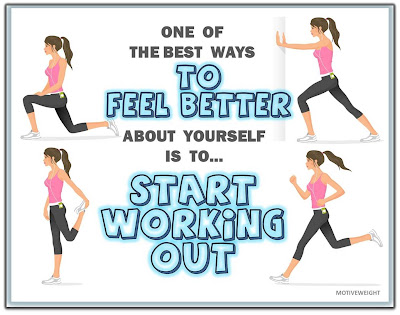
But even without the results, the hard work alone is something to be proud of.
“Know yourself and you will win all battles.”
– Sun Tzu
Winning first place or getting select group doesn't matter as much as how well you know yourself. Train. Learn. Trust yourself.
It’ll leave very little room for external factors to shake your confidence. Speaking of, what is your view of yourself?
2. Be “different, not better”
One of the most liberating things you'll realize about dance (or any art!) is that there is no “right” or “wrong.”
Yes, there's the technical parts of dance, but when it comes to personal style... You do you!
One way to dance with more confidence (especially when it comes to freestyling or making choreography) – is by embracing your right to be different.
If anything, feel encouraged to be original.
Get more inspiration to: Overcome Your Dance Fears And Live A Creative Life
So many dancers emulate their dance idols because they’re scared to develop their own.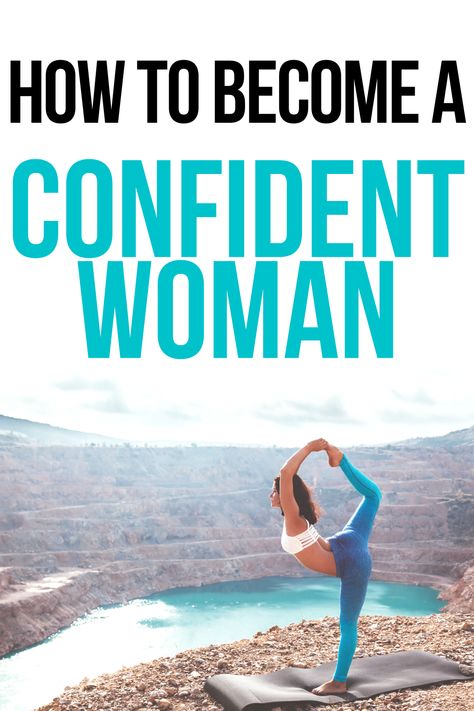 Or, they are unaware that they can develop their own style.
Or, they are unaware that they can develop their own style.
This doesn't just make their performance feel like a watered-down dance cover. It also comes at the price of their true style that was meant to shine.
"Always be yourself and have faith in yourself. Do not go out and look for a successful personality and try to duplicate it."
–Bruce Lee
When you find your own true voice, you’ll wear it so comfortably that it’ll be impossible for it not to look good.
If you struggle with feeling insecure about your dancing, this video will help.
"To be yourself in a world that is constantly trying to make you something else is the greatest accomplishment."
– Ralph Waldo Emerson
3. Remember your posture
Want a simple trick to executing your own or anyone else’s choreography with confidence?
Here it is: The right body posture.
Now, it’s not just about having your chest puffed and chin up. It’s about deciding what kind of character that the piece is meant to portray.
Confidence looks different in different contexts. Some pieces or styles (for example, waacking) call on you to stand tall with your shoulders back and focus up.
Mmph, powerful and sexy. But other pieces (for example, a smooth r&b piece) may look awkward with such an upright stance.
Setting your focus at eye level or lower would look more inviting and conversational than projecting up would.
Finding the posture that fits the piece well is going to help you embody the mood of the piece, making your performance look more natural and confident.
Wanna get even more specific than posture?
4. Play a part
This might come as a surprise...
But…
You don’t have to actually be a confident person to dance confidently. All of us have insecurities, in and outside of dance.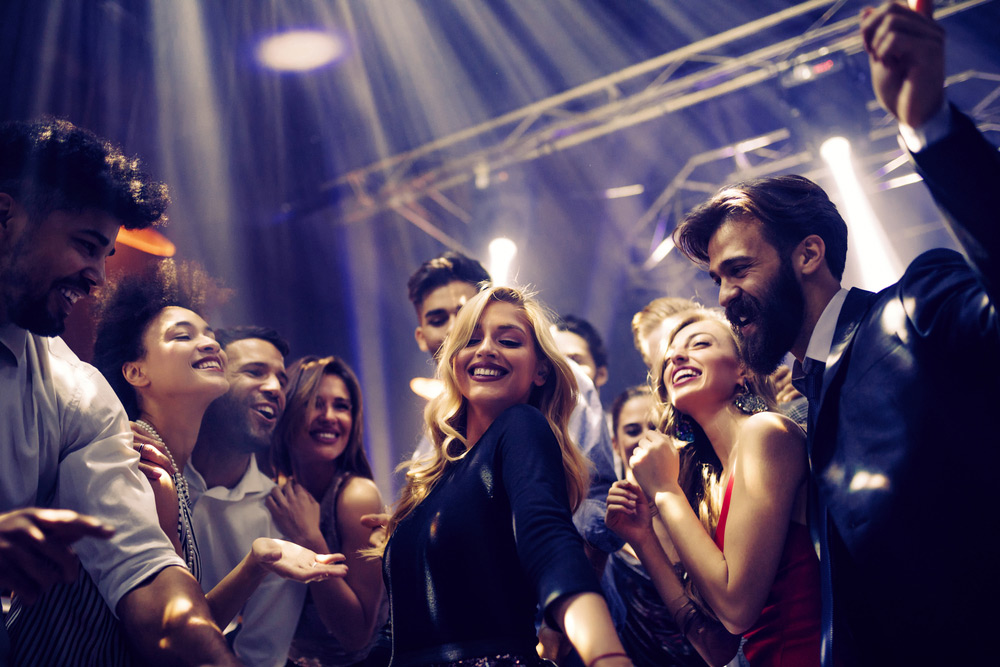
The great part of performing is that you can forget about those things for a second and be someone else. Literally. You can play a different person.
When you perform a piece, listen to the song and let your mind design the entire story.
Ask yourself, “What is this person feeling? Thinking? What do they want? What situation are they in??"
Specifying the role will make it easier to perform with the posture, facials, and mannerisms that this character has.
“When you believe in a thing, believe in it all the way, implicitly and unquestionable.”
– Walt Disney
5. Get immune to messing up
Mistakes are blessings in disguise. They are “pause buttons” in life where you have to stop and ask, “Okay, what just happened? And how do I not do that again??”
If you approach challenges with this growth-mindset, then you will have very little to fear.
In fact, being open to learning and growing is the ultimate recipe for success. So the next time you brain fart during groups, don’t stress about it.
So the next time you brain fart during groups, don’t stress about it.
Use it as a catalyst to become better instead.
“Once we believe in ourselves, we can risk curiosity, wonder, spontaneous delight, or any experience that reveals the human spirit.”
– E.E. Cummings
Being confident doesn’t mean that you’re invincible. It just means that you’re not going to let your fear of messing up hold you back.
6. Commit.
Dancing BIG and “full out” is a surefire way to catch eyeballs...
But not all "full-outs" are created equal. Looking confident isn't about HOW HARD YOU CAN HIT EVERYTHING; it's about how fully you are committing to it.
Instead of going HAM for every single move, take note of exactly how much you need to give and give that. All of that.
Tips for using your strength: How To Dance Bigger, Stronger, And More "Full Out"
If a move calls for a straight arm, then extend it fully.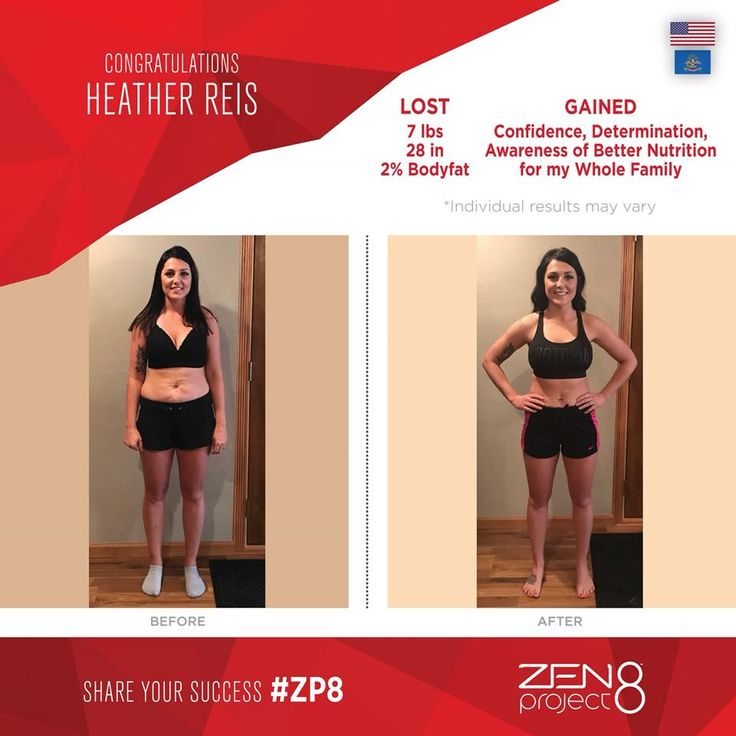 Gotta get low? You better GRAND plié that sucker. Tryna jump? Get some air! When the music slows down, make your movements slow down. Commit to that slow down.
Gotta get low? You better GRAND plié that sucker. Tryna jump? Get some air! When the music slows down, make your movements slow down. Commit to that slow down.
Simple things like a walk, a look, a freestyle – commit to those as much as you commit to the full-out power moves.
Clay gets into the topic of dance commitment in this "Dear STEEZY"!
Dancing with confidence is mostly about believing yourself. Use these 6 tips to help you get there!And even if you don’t yet, know that we believe in you!
And we want to see you killin’ it out there! So keep these things in mind while you do yo thang~
How do you dance with more confidence? Let us know in the comments below!
7 tips for those who want to learn how to dance
September 9, 2020Reno5Life
Dancing is a great way to make friends with your body and gain self-confidence.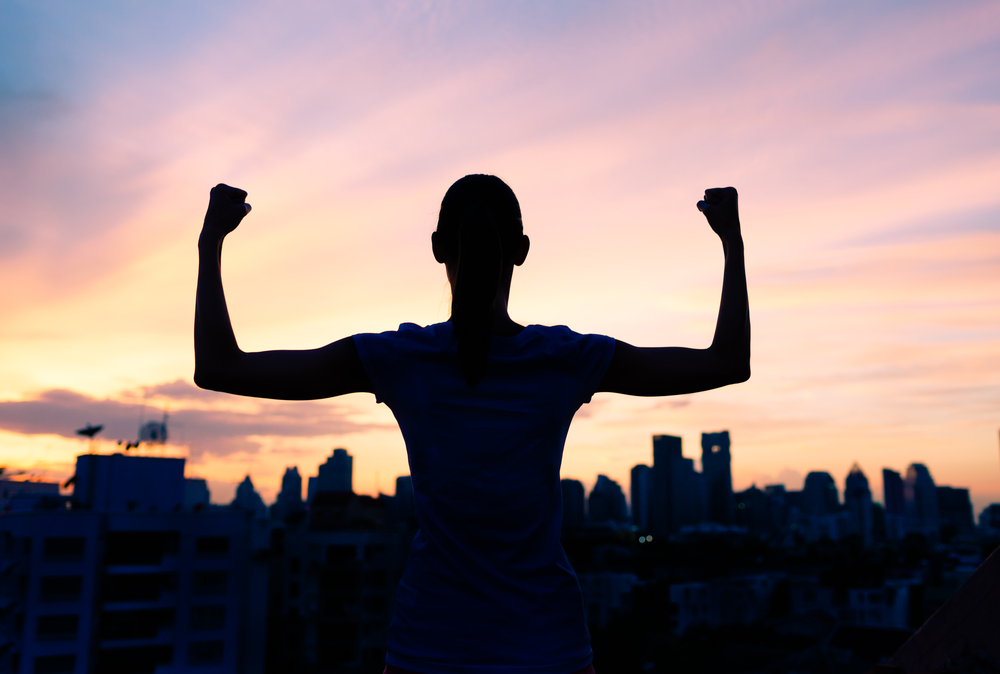 And yes, they can be mastered at any age.
And yes, they can be mastered at any age.
Share
01. Choose your style
The idea here is the same as with sports: if you secretly hate yoga or iron exercises, you are unlikely to go to workouts week after week. To achieve noticeable progress in dancing, a beginner will have to practice a lot and regularly, so it’s better not to torture yourself and choose a direction that really ignites.
You can focus on the music that you like - you need to catch the drive from movements to it. It is music that forms the style of dance and its energy, so decide what is closer to you: for example, funk lovers should try popping or locking, folk fans may like Irish dancing, and if you respect jazz, swing and everything like that, take a closer look at lindy hop.
Another criterion is the nature of the movements. Some are closer to dynamic, as in hip-hop, others are smooth and sensual - for this in tango. There are also health restrictions to consider. So, twerk is not suitable if there are problems with the lumbar spine, with sore knees it is better not to get involved in shuffle, and it will be difficult for an aged person to master house.
So, twerk is not suitable if there are problems with the lumbar spine, with sore knees it is better not to get involved in shuffle, and it will be difficult for an aged person to master house.
2. Set a goal
Photo: Iakov Filimonov / ShutterstockYou can start dancing at any age, but it's important to keep in mind why you started it in the first place. It is perhaps too bold to expect that in half a year of classes it will be possible to reach the level of international dance championships from scratch. But if you want to try dancing in order to develop plasticity and learn to feel the body better, great, go ahead.
Don't expect everything to work out the first time. When you learn from scratch, difficulties are absolutely normal, the main thing is not to score in classes. Over time, both the correct posture and a beautiful gait will be developed, and as a bonus you will also get self-confidence - with freedom of movement, freedom from complexes will come.
3.
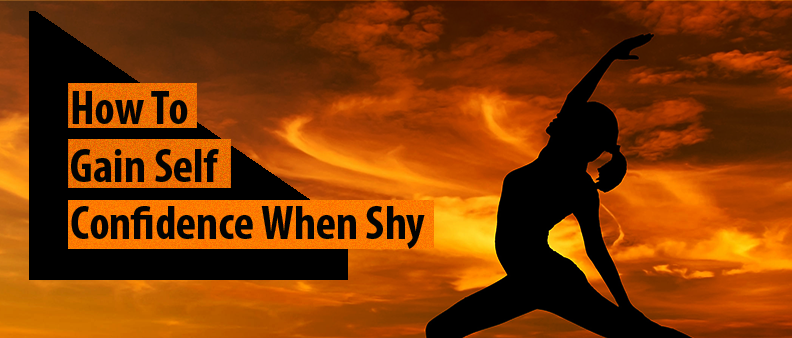 Don't forget about sports
Don't forget about sports Some dances in themselves make for a good workout. A vigorous shuffle will replace cardio, and a break can give a load to almost all muscle groups. And yet, without preparation, it will not be easy. A more or less good stretch is needed in any type of dance, and, for example, strong arms and strong abdominal and back muscles are also useful for pole dancing. You can combine dancing with strength exercises, but you need to give the body time to recover and not plan classes in a row, but allocate at least a day of rest between them.
And don't forget to warm up before dancing. So that the training does not end with an injury, the muscles and joints need to be prepared for the load. You can allocate 10–15 minutes for a warm-up, it should include simple articular gymnastics (at least elementary rotational movements of the shoulders and knees), tilts and dynamic stretching.
4. Take some lessons from a trainer
Especially if you have never danced before. Those with experience can learn new styles at home with video tutorials, but that's because they already know how to control their bodies. Beginners are unlikely to succeed, but disappointment in themselves and demotivation are guaranteed - if you can’t repeat elementary movements, then there’s no point in doing it.
Those with experience can learn new styles at home with video tutorials, but that's because they already know how to control their bodies. Beginners are unlikely to succeed, but disappointment in themselves and demotivation are guaranteed - if you can’t repeat elementary movements, then there’s no point in doing it.
Nothing really strange here. Without preparation, it is difficult to just take it and start moving freely. At least the basic elements are better to master under the guidance of a pro, and when you feel that you are coping, supplement these lessons with home workouts.
5. Learn something new in every class
When you repeat the same set of exercises and movements over and over again, classes turn into a good way to pass your free time, only you can forget about progress. Acquaintance with new elements is the same mandatory part of any workout as a warm-up. It doesn't matter if you work with a mentor or on your own.
Do not immediately try to copy cool dancers. First, study the basic movements, then try to combine them into bundles until you hone them to automatism, and then experiment and improvise, creating something new based on familiar elements.
First, study the basic movements, then try to combine them into bundles until you hone them to automatism, and then experiment and improvise, creating something new based on familiar elements.
6. Record yourself on video
You don't need to record the whole workout from the warm-up on, it's enough to record only those moments with which you have problems. These can be separate movements or bundles that are not given in any way. Review the video and, if possible, objectively assess what is wrong: perhaps there are technical problems that are difficult to notice in the process. When you understand what's wrong, try to repeat the movement and record it on video again - and so on until you achieve a good result.
This approach will help you find errors and track progress. You can not even limit yourself to memorized ligaments, but improvise - then see how it looks from the outside.
7. Find like-minded people
Photo: Iakov Filimonov / Shutterstock If you need an extra reason not to miss classes, then meeting new people can be a good motivation. It is easier here for those who train in a group. Often the dance school becomes the center of a close-knit community, where people come not only for the sake of classes, but also just to spend time together at dance parties.
It is easier here for those who train in a group. Often the dance school becomes the center of a close-knit community, where people come not only for the sake of classes, but also just to spend time together at dance parties.
Finally, the more partners around, the more experience. Do not limit yourself to dancers of your level of training and practice with those who are stronger or weaker than you. In the first case, you will be able to improve your skills, and in the second, you will try yourself as a coach - this, by the way, is a good way to learn to take more initiative and understand the very principle of movement in dance, and not just memorize the alternation of chords.
Stay fit and connected with the OPPO Watch. They have two powerful processors, a bright AMOLED display, 1 GB of RAM and 8 GB of internal memory, Bluetooth, Wi-Fi and NFC modules. And more than 90 training modes, including those designed specifically for ORRO. Work out cooler with music, you can listen to it in streaming services or download tracks to the memory of your watch.
If you want to enjoy clear sound, the OPPO ENCO W31 Wireless Headphones are for you. Two-level noise reduction system, easy operation and stable connection will make listening to music and talking on the phone as comfortable as possible.
Show smart watch and headphones!Read also 🧐
- How to learn how to dance the shuffle
- How to learn street dancing without leaving your home
- Zumba is a fun way to lose weight for those who love dancing
the best medicine for all time
It's no secret that regular dance lessons have a lot of advantages. Dancing is a great way to find a beautiful, toned body and peace of mind, good mood and self-confidence. Dancing classes can solve many problems, but one of the most important advantages of regular training is their positive effect on health.
Medicine has long known about the positive impact of dancing on the body. Without exception, all directions have a powerful effect on the internal organs and systems of the body. During the performance of dance movements, blood circulation improves, blood flow increases, the blood is enriched with oxygen, which is carried to all internal organs, optimizing and improving their work.
During the performance of dance movements, blood circulation improves, blood flow increases, the blood is enriched with oxygen, which is carried to all internal organs, optimizing and improving their work.
Dancing has a very positive effect on the respiratory system. Vigorous energetic movements and regular physical activity help to normalize breathing, increase the useful volume of the lungs, eliminate shortness of breath and help to breathe deeply, easily and freely.
The influence of dancing on the cardiovascular system is also great. Most dances contain impressive cardio loads that positively affect the work of the heart and strengthen blood vessels.
Dancing is also a powerful stimulation for the gastrointestinal tract. A number of dances, for example, oriental or Latin, optimize the work of this body system, help to improve digestion and eliminate possible problems, including some diseases at the stage of their occurrence.
Medicine has long known about the positive impact of dancing on the body.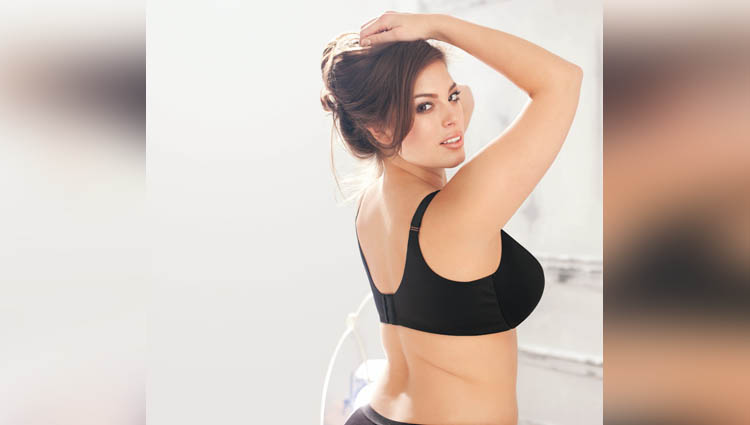 Without exception, all directions have a powerful effect on the internal organs and systems of the body. During the performance of dance movements, blood circulation improves, blood flow increases, the blood is enriched with oxygen, which is carried to all internal organs, optimizing and improving their work.
Without exception, all directions have a powerful effect on the internal organs and systems of the body. During the performance of dance movements, blood circulation improves, blood flow increases, the blood is enriched with oxygen, which is carried to all internal organs, optimizing and improving their work.
All dances, without exception, strengthen the muscles, eliminate congestion in the muscles, eliminate clamps and spasms, have a beneficial effect on the spine and its proper functioning. Regular dance lessons form the correct posture, thereby ensuring the correct functioning of the internal organs.
Ballroom dancing is especially effective in posture correction. After a few months of training, it becomes a habit to keep your back straight, the dancer acquires the correct posture, smooth movements and a beautiful walk, and a straight back becomes a comfortable position even for those who had a constant habit of stooping.
Such dance fitness as zumba is a powerful tool in the fight against excess weight and a way to prevent weight gain. Dancing is much easier to lose weight than during grueling diets and boring fitness workouts. The effectiveness of this method is obvious, which is why more and more fitness clubs offer their clients Zumba classes.
Dancing is much easier to lose weight than during grueling diets and boring fitness workouts. The effectiveness of this method is obvious, which is why more and more fitness clubs offer their clients Zumba classes.
Latin American dances, in turn, are useful not only because they help to quickly correct the figure, but also seriously strengthen the muscles of the thighs, lower legs, and abdomen. The rhythmic music of these dances helps to maintain a high pace of movement and thus give the body a tangible aerobic load, while at the same time bringing pleasure! These dances help to get an enviable slimness of the legs and a graceful figure.
In addition to physical health, dancing brings serious benefits to mental health. This is a powerful antidepressant that gives a great, sunny mood and rebuilds thinking in a cheerful, positive way. One has only to start dancing, as problems begin to fade into the background, and the emotional mood improves.